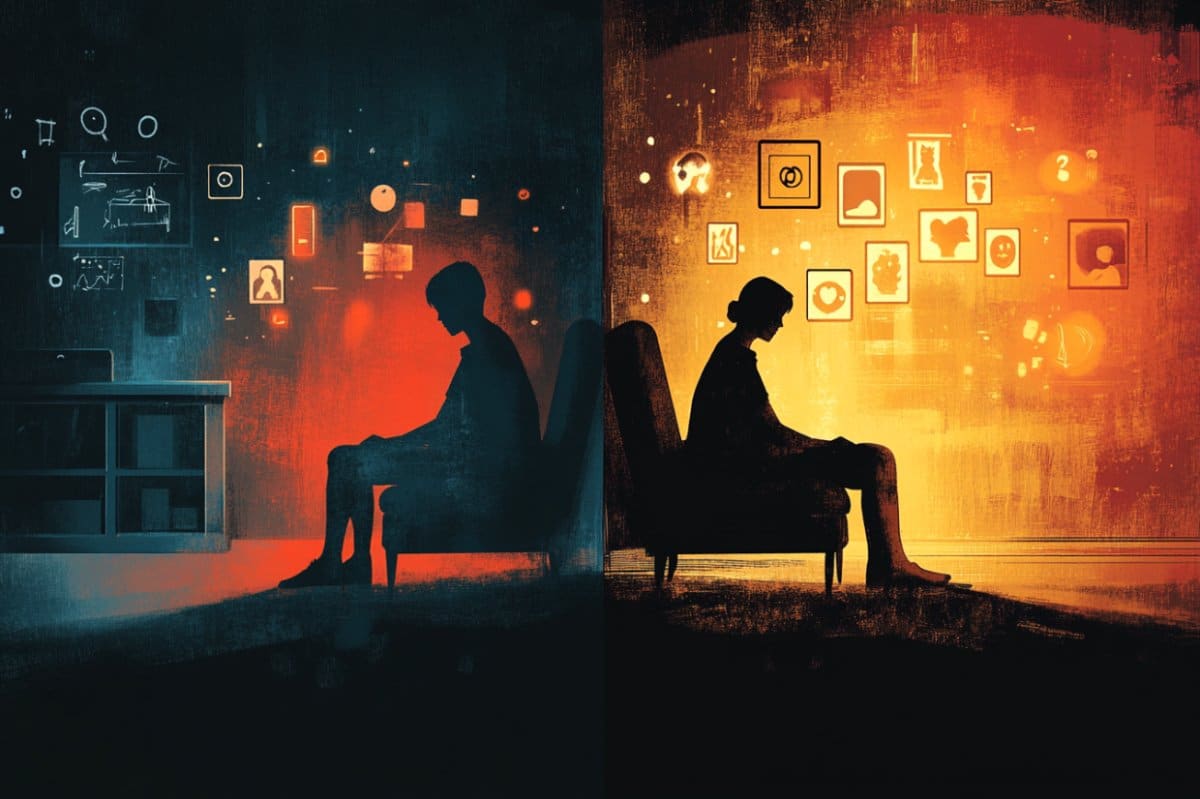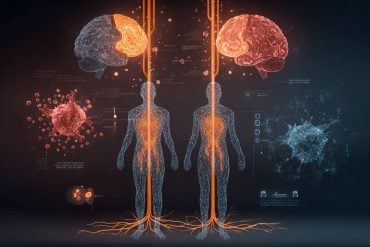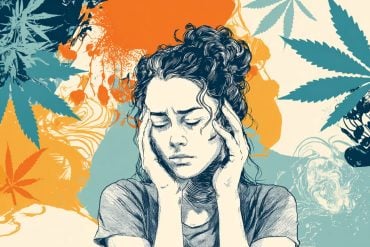Summary: A new study across 20 European countries shows that people in the lowest income brackets are significantly more likely to feel lonely than those with higher incomes, even though they socialize just as often. Loneliness was closely tied to a cluster of defensive symptoms—pain, fatigue, and low mood—which were especially severe among the poor.
The study found that social connection helped reduce these symptoms, but the protective effects were strongest for those living in poverty. These findings suggest that social relationships are crucial to buffering the health impacts of economic disadvantage and highlight the need for targeted community support in low-income populations.
Key Facts:
- Income-Loneliness Gap: 49% of low-income individuals felt lonely vs. 15% of high-income peers.
- Health Toll: Lonely people in poverty showed the highest levels of pain, fatigue, and low mood.
- Social Buffering: Strong relationships most effectively reduced symptoms in the poorest groups.
Source: Oxford University
A new study from the University of Oxford, published in Public Health, shows that European people in the lowest income deciles are much more likely to feel lonely than those in the highest income deciles, despite no difference in how often they socialise.
Furthermore, both poverty and loneliness were strongly associated with higher scores on a defensive symptom cluster characterised by elevated levels of pain, fatigue and low mood.
The study also showed that the symptom-reducing effects of social connection were strongest for people living in poverty.

These findings have important implications for social, economic, and health policy, suggesting that strong social relationships may serve as important buffers against some of the health consequences of poverty.
The defensive symptom cluster refers to set of frequently co-occurring and mutually reinforcing symptoms that, understood from an evolutionary perspective, represent the body’s response to danger and scarcity.
Humans evolved in groups which provided access to resources and protection from danger; when we feel socially excluded or isolated our bodies respond with a set of symptoms that are meant to protect us, for example pain helps protect us from injury, and fatigue and low mood may help us conserve energy.
Researchers, led by Dr Arran Davis of the School of Anthropology and Museum Ethnography, University of Oxford, examined data from a survey of 24,505 respondents across 20 European countries.
Key findings include:
- People in the lowest income decile were much likely to report feeling lonely in the last week than people in the highest income decile; 49% compared to just 15%. This is despite there being no difference in the amount of time people in different income deciles reported socialising with family, friends, and colleagues.
- People who report feeling lonely have, on average, higher scores on the symptom cluster. The average lonely person has a symptom cluster score that is higher than 67% of not lonely people. However, the difference in the average symptom cluster score between lonely people and not lonely people is significantly larger in the lowest income decile than the highest income decile. The average lonely person in the lowest income decile has a symptom cluster score higher than 73% of non-lonely people in the same income decile. In the highest income decile, the average lonely person has a higher symptom cluster score than 65% of non-lonely people.
- 30% of lonely individuals from the lowest income decile had high symptom cluster scores compared with just 2% of non-lonely people in the highest income decile, suggesting that social relationships play a particularly important role in influencing the health outcomes of people living in poverty.
- The relationships observed between income level, loneliness and the symptom cluster held even when accounting for things like living arrangements and marital status.
Past research has identified supportive social relationships as buffers to the negative effects of poverty.
The findings from this study suggest that as material resources decrease the importance of social resources increase, with those who are both in poverty and lonely displaying the highest symptom cluster scores.
Lead author, evolutionary anthropologist, Dr Arran Davis said:
“The relationship between poverty and poor health is well established, and previous research suggests that loneliness may be as bad for you as smoking.
“Our study shows that for people who are both on low incomes and lonely the health costs are particularly marked. I hope this study inspires more research into the factors that lead people to feel socially disconnected and to the development of policies that support strong communities in socioeconomically disadvantaged areas.”
About this poverty and loneliness research news
Author: Lizzie Dunthorne
Source: Oxford University
Contact: Lizzie Dunthorne – Oxford University
Image: The image is credited to Neuroscience News
Original Research: Open access.
“Associations amongst poverty, loneliness, and a defensive symptom cluster characterised by pain, fatigue, and low mood” by Arran Davis et al. Public Health
Abstract
Associations amongst poverty, loneliness, and a defensive symptom cluster characterised by pain, fatigue, and low mood
Objective
Perceived social isolation is associated with increased pain, fatigue, and depression. Other research has shown that pain and depression are more common in individuals experiencing low socio-economic status, and that social relationships are especially important for buffering the negative health effects of low socio-economic status.
Study design
Cross-sectional.
Methods
We used a 20-country, cross-sectional sample of 24,504 respondents to the European Social Survey 7. Multilevel linear regression was used to test for the effects of loneliness, income decile, and their interaction on a symptom cluster variable that was the average of respondent z-scores on self-reported pain, fatigue, and low mood.
We hypothesised that loneliness and low income would be interactively associated with higher symptom cluster scores.
Results
Those from lower income deciles were much more likely to feel lonely (48.7 % in the lowest income decile; 15.2 % in the highest income decile), despite no differences in reported time spent socialising.
Multilevel linear regression indicated statistically significant associations consistent with our hypotheses: (1) lonely individuals score 0.447 SD higher on the symptom cluster, (2) for every increase in income decile, symptom cluster scores decrease by 0.022 SD, and (3) a loneliness by income interaction on the symptom cluster (b = −0.018), with the association between loneliness and the symptom cluster being strongest amongst those in lower income deciles.
Conclusions
Both loneliness and low income were associated with higher scores on the symptom cluster, and social relationships were especially strong buffers of the symptom cluster for individuals experiencing poverty. Results inform understandings of social and economic gradients in health.






